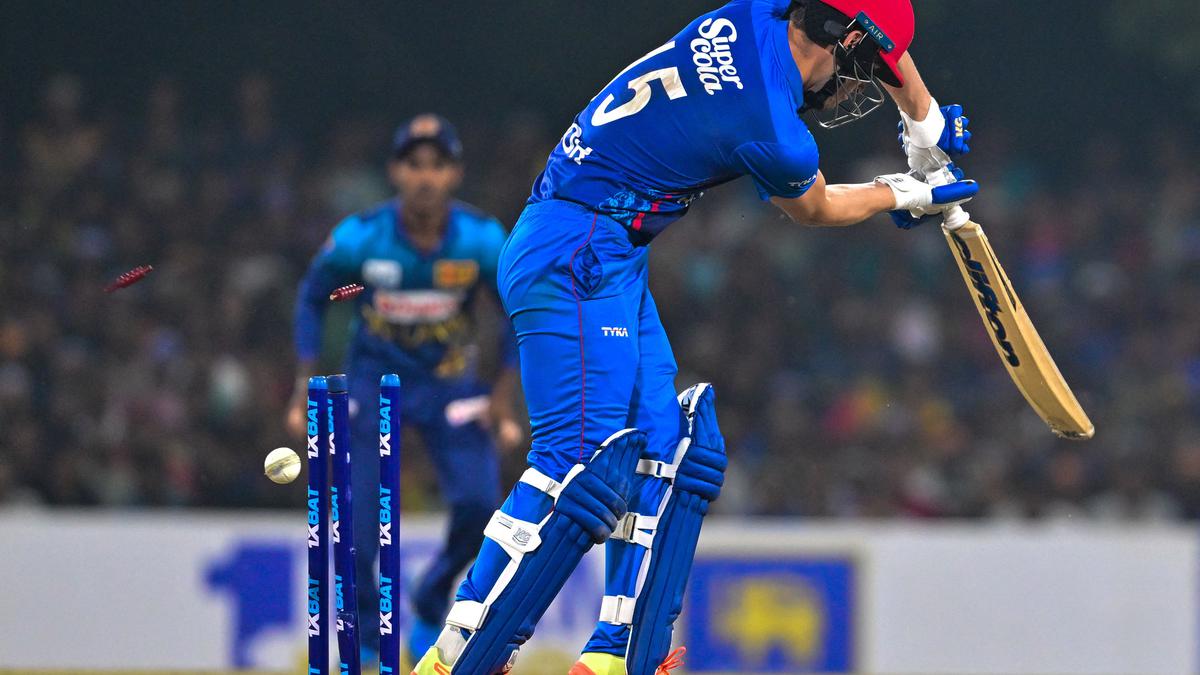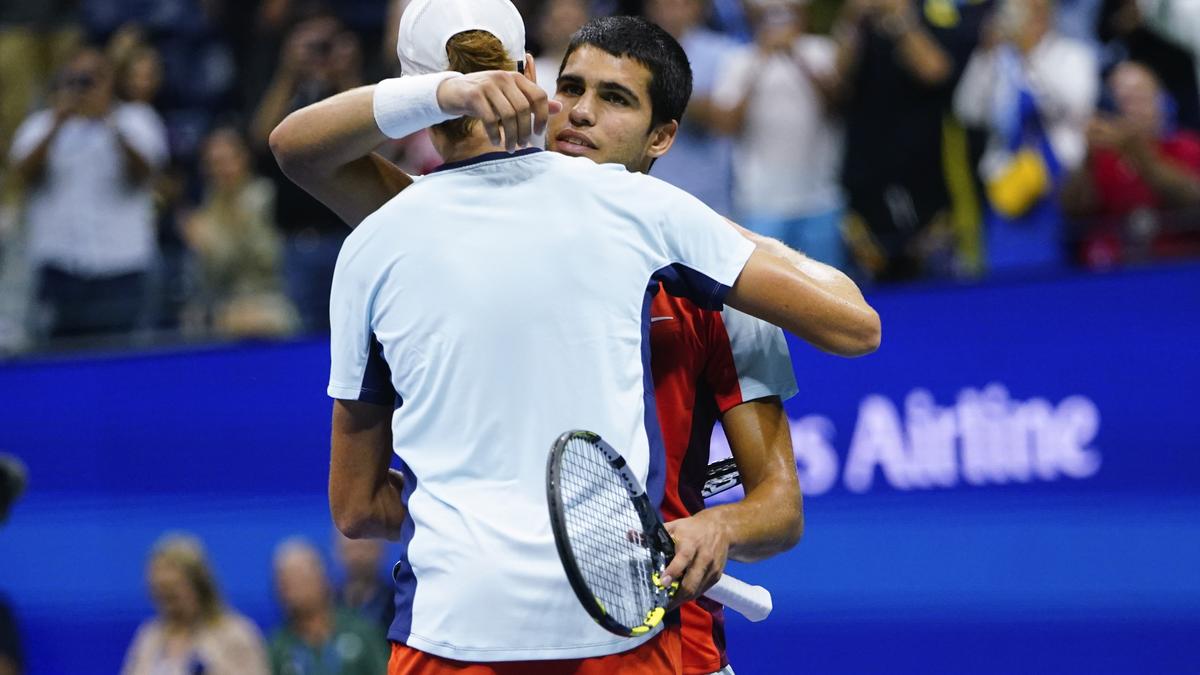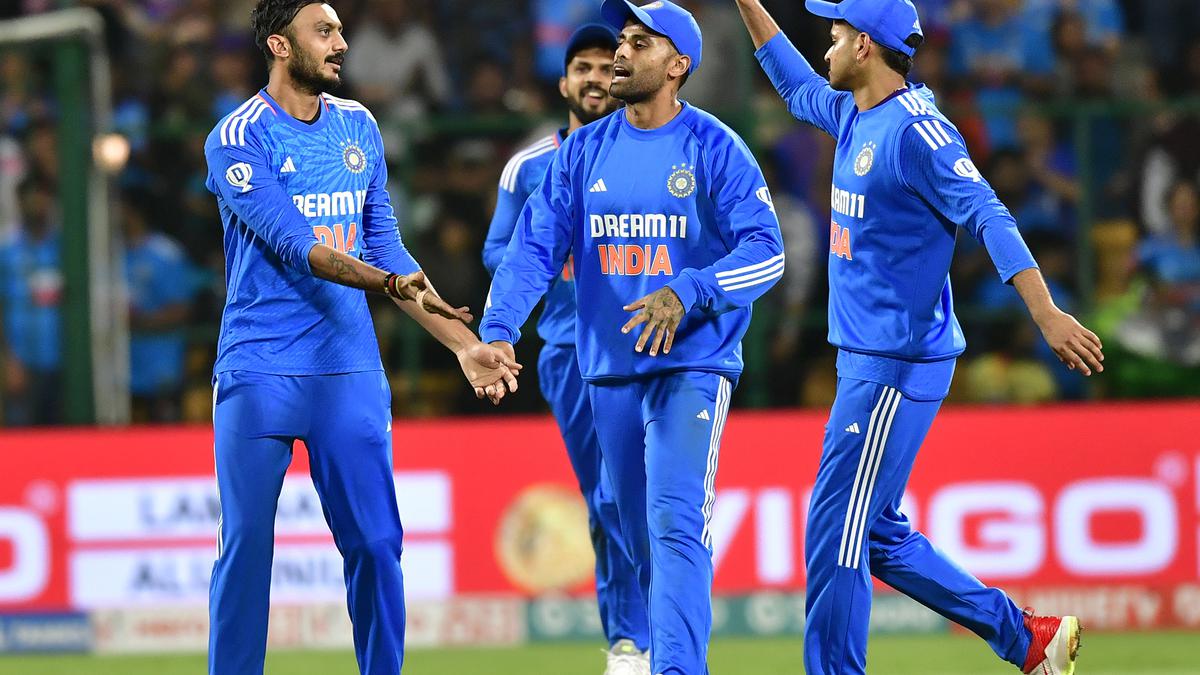And so to America, where the deer and the antelope play, and soon so too will India and Pakistan and 18 other countries in the T20 World Cup.
Sixteen of the 55 matches will be played in the US, the idea being as much to take cricket to that nation as to mobilise dollars from there.
The US recently beat Bangladesh in a T20 series — the first time they have beaten a Test nation. They are led by wicket-keeper Monank Patel who played Under-19 cricket for Gujarat which should cause some excitement here.
In the inaugural match, US play Canada; symbolic, because these countries played the first-ever international back in 1844. Cricket was an American game then, but lost out to baseball following the Civil War a couple of decades later. Why did this happen?
Tom Melville, in his history of cricket in America (The Tented Field) quotes the scholar Melvin Adelman as saying that baseball, with its shorter, rapid transition structure and alternating periods of excitement and dramatic pauses provided Americans with a cultural expression that cricket, with its traditional structural limitations couldn’t duplicate. Melville himself sums it up more succinctly: “Cricket failed in America because it never established an American character.”
The International Cricket Council sees the US (and China, possibly) as the final frontier, and have been trying to attract an American audience to the sport.
To get youngsters interested in a team sport beyond American football, baseball and basketball might be a tall order.
Yet, unlike in the past, the vehicle being used this time is T20, shorter, quicker, more focused, without drawn games, and involving baseball-style hitting. Perhaps there’s hope.
Obvious choice
Cricket returns to the Olympics at Los Angeles in 2028, and the T20 format will be the obvious choice to attract Americans.
There are some five million Indians in the US. But to depend on the expatriate community alone to popularise the sport might be wishful thinking — it will merely remain a niche sport identified with a particular people. Rather like snowkiting or underwater hockey.
Yet, as Joseph O’Neill pointed out in Netherland, his novel about (among other things) cricket in America, “the communal phenomenon of New York cricket is underwritten by the same agglomeration of unspeakable individual longings that underwrites cricket played anywhere — longings concerned with horizons and potentials lost long ago, tantalisms that touch on the undoing of losses too private and reprehensible to be acknowledged to oneself. (Is) what we see, when we see men in white take to a cricket field, men imagining an environment of justice?”
Nostalgia a spur
Nostalgia is a spur. After all, it was nostalgia that caused Englishmen to play the game in their colonies, introducing it to the locals. But the conditions that existed then causing a section to imitate the conquerors, or work their way into their good books no longer obtain.
Microsoft Chairman Satya Nadella who played some cricket in his youth and now owns a team in the Major League Cricket (introduced last year, with four teams from the IPL) says, however, “Cricket was a big sport in the US. I hope it comes back.” The motivations now are less complicated.
In any case, cricket cannot be too fussed about the ethnicity of its sponsors; the Indian’s dollar is just as powerful.
The ICC cannot be unaware of a bonus should American money enter the sport — it will mean a diminishing of India’s domination. India’s money, television, audience and passion have ensured a uni-polar world in cricket. They call the tune now, and the cricketing world has been dancing to it.
This is not unusual — when England and Australia ruled, they called the shots.
The enormity of cricket’s task can be gauged from the US response to soccer. The country hosted the World Cup in 1994 (and will co-host in 2026). Since then they have been in every World Cup except in 2018.
The women’s game has been popular, but the progress of the men’s, after its rebirth (Major League Soccer was established in 1993), has been slow. Only 5% named soccer as their favourite sport, up from three in the 1990s.
Cricket has adapted itself to America. But will America adapt itself to cricket?





